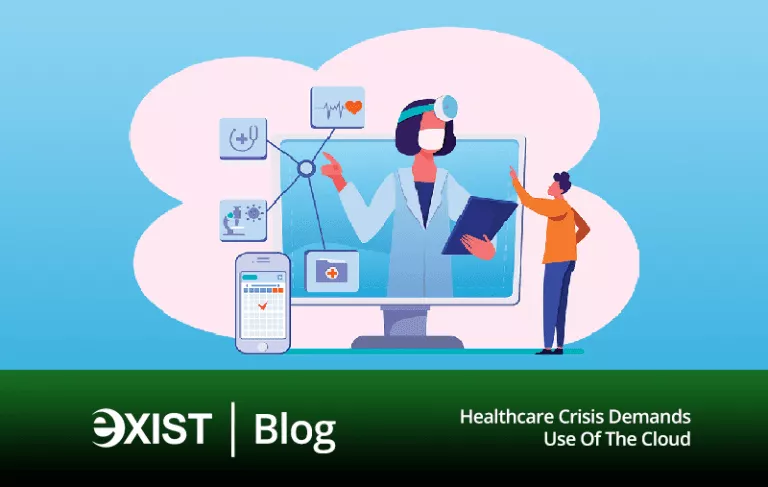EMRs for Telemedicine
With the continuous innovation of technology in the world, the usage of Telemedicine is spreading now more than ever.
According to the World Health Organization (WHO), Telemedicine signifies the use of Information and Communication Technologies (ICT) to improve patient outcomes by increasing access to medical information. Moreover, they explained:
“The delivery of health care services, where distance is a critical factor, by all health care professionals using information and communication technologies for the exchange of valid information for diagnosis, treatment, and prevention of disease and injuries, research and evaluation, and for the continuing education of health care providers, all in the interests of advancing the health of individuals and their communities.”
Globally, the trend for the application of EMRs for Telemedicine since the start of the pandemic has been consistently rising. The risk of contracting COVID 19 when having to go to hospitals for check ups and consultations may be the biggest driver for the increasing application of Telemedicine.
In the Philippines, one Telemedicine provider reported a 170% increase in the number of teleconsultations, with an 80% resolution rate. Even the Department of Health (DOH) urges the public to opt for a teleconsult when dealing with non-urgent medical needs to prevent overcrowding in hospitals, therefore minimizing the risks of spreading the virus.
However, for EMRs for Telemedicine to be more effective, clinicians will still need access to patient medical information, such as Electronic Medical Records (EMR), in order to give a proper diagnosis. Using EMRs for Telemedicine provides care providers with the necessary information that they should have in order to make an informed decision. Simultaneously, EMR also increases efficiency by reducing redundant tests since patient history is properly disclosed in the patient’s records.
By using a system that’s integrated with EMRs and Telemedicine, hospitals and clinics can practice the use of these features and be able to evaluate, diagnose, consult, and do follow-ups from a distance.
So why use EMRs for Telemedicine?
1. Coordinated care and better teleconsult
Through EMRs, e-consultations can support a more team-based & holistic approach to patient care. By being able to see the patient’s previous results across different care settings, clinicians are better equipped to make informed decisions, thus ensuring quality patient care outcomes.
2. Minimized duplication of records
With proper handling of EMRs, there will only be 1 record per patient. This becomes a huge help when dealing with patients who are not aware that they already have an existing record. When making an EMR for a patient, the system will automatically detect if the person already has an existing record, saving time for both the hospital and the patient.
3. Automated data entries
If EMRs and Telemedicine are integrated into one system, doctor notes during a consult will automatically be part of the patient’s EMR for future reference. This ensures the accuracy of data entries into the patient’s records.
With all these present, hospitals and clinics should consider having a system that can support the usage of Telemedicine through EMRs.
Exist Healthcare Solutions
Exist’s healthcare IT systems address the management of patient information to connect users and different care providers to help achieve ease of care, drive cost and process efficiencies.
Learn more about how Exist’s DOH-Accredited Electronic Medical Records, along with a Hospital and Clinic system that carries a Telemedicine module, can help you improve your practice and enhance patient care.
Start using EMRs for Telemedicine now! You may request for a demo now by clicking here.
Check Out Our Insights on Digital Healthcare
Click the button to learn more.











